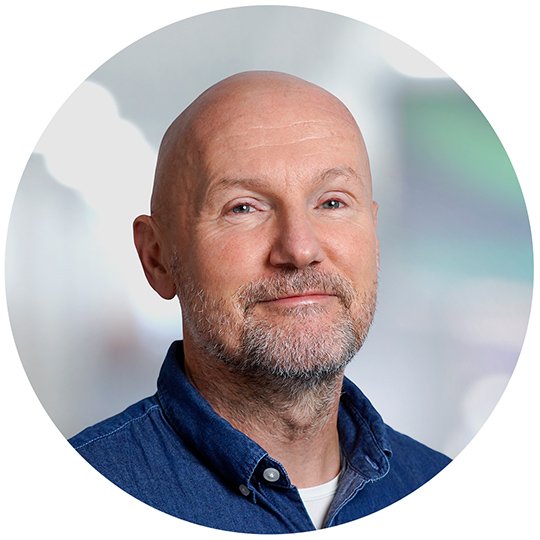Öresundskraft needed to work more efficiently with its customer cases to deliver more energy and ensure a good customer experience. Now they have implemented a new system from isMobile for handling case and work orders.
Read the article in Swedish
But it is only the beginning of a longer journey. Lillemor Högström, Head of Digital Transformation at the company, states that it is not the technology that is the biggest challenge but getting the organization to adopt and develop the new ways of working.
Here she shares her experiences.
Work smarter and make better use of customer data
The new case management system ties together Öresundskraft's ten existing administrative systems, including those used by external contractors. It is the hub of the business that ensures that the other systems work together and that everyone has access to the information they need when they need it. This applies regardless of whether it is personnel working with customer service or installations in the field, and regardless of whether they belong to Öresundskraft or a collaboration partner. Several manual tasks such as scheduling and orders can also be automated.
This saves a lot of time through reduced administration and makes cases run faster and smoother with fewer return visits. Everything is documented, which makes it possible to analyse and streamline your case processes based on facts.
Sounds perfect, right? But it is not enough to have the new technology – it must also be used and used correctly.
New working methods the biggest challenge
Lillemor's focus is change management and implementing the new work processes among employees and partners.
Öresundskraft has developed a long-term transformation program with well-defined steps.
“It is important to proceed carefully. It is important that everyone feels that they are still needed when administrative tasks are automated.”
The right expectations, focus and holistic view
Lillemor sees three factors that have been – and are – particularly important for a successful transformation to new ways of working.
Correct expectations. Start by anchoring and communicating what will happen in a realistic, visual way. Involve relevant personnel - everything needs to be done in close collaboration with the business, not least the IT department. Various user groups have been involved in developing the requirements specification.
Right focus. Every manager and leader need to understand why this is important to their business and focus on the benefits instead of just the savings. For example, what should they do with the time they don't have to spend on time-consuming tasks that no longer need to be done? Often it gives the opportunity to develop one's work. It is important to communicate these benefits to each person concerned.
Holistic view. Workflows often span several processes and systems, and then ownership cannot be held too tightly. Identify interdependencies and achieve process ownership based on cross-departmental collaboration. It is important to see the gains in the long term. Assign clear responsibilities on an overall level first, then you can create process structures that work.
“We have been careful to communicate what will happen next and to test each step before taking the next.”
Seeing is believing
Everything takes time, but Lillemor notices that the employees in general are now happy that the company has taken this step and see that it is the right way to go. When they feel they have more control over the process and the new digital tools, engagement increases. It also helps that they have more control over their work and the case process than before.
The improvements have already begun to be felt: "Cost efficiency, quality of execution and quality of information regarding cases have already increased."
In concrete terms, the administrators save a lot of time, not to mention the field staff. A new map function now gives them, for example, the exact position of a facility and they don't have to go around looking. They can plan their route and reduce travel time. The map function together with a better information base reduces the total working time on site and means that each case has less environmental impact.
Happily, there seems to be a greater understanding of the whole, a willingness to work across borders, than before the transformation began. This may be partly because the improved flow of information promotes cooperation.
Lillemor looks forward to increased transparency towards customers as well. The ambition is for them to be able to see the status of their cases and their energy consumption on my pages, where new functions can also be pushed out to them. Through more digital self-service, they should also be able to place orders more easily, report a move and get control of their cases. As a result, they also become more engaged.
“Öresundskraft is one of Sweden’s ten largest energy and communications companies, and the owner Helsingborg municipality has been elected Sweden’s environmental municipality for the fourth year in a row.”
More articles in the series
Resource optimization a response to the growing demand for energy
The organization's participation is crucial when Öresundskraft streamlines its case management (This article)
This is how you make case management with subcontractors more efficient
Öresundskraft transforms operations with isMobile's case management system
Case management: do you need another system?
Foresight: Electricity companies face complex challenges
Do you want to know more about how isMobile can help your company with case management systems
Get in touch!
Jonas Ljungdahl
Business Development Manager
jonas.ljungdahl@ismobile.com
+46 (0)73 – 523 52 97




